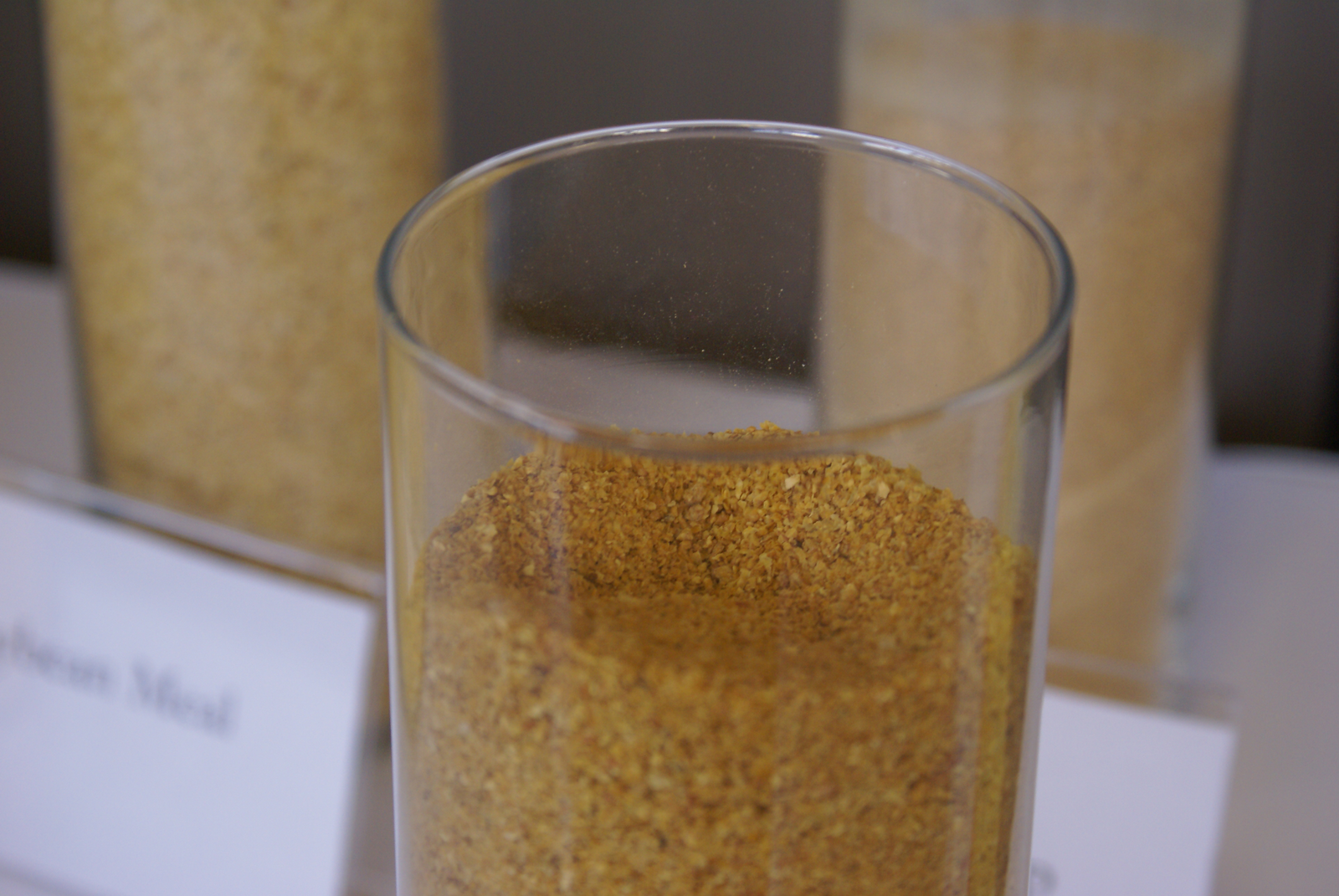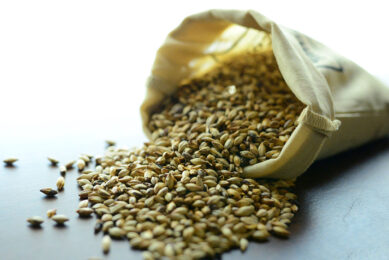Most mycotoxins in ‘basic’ feedstuffs

Maize silage and complex compound feeds ensured the highest mycotoxins intake for dairy cattle, and complex compound feeds were also the most serious source of mycotoxins for pigs and hens.
This was concluded by researchers from the Institute of Chemical Technology and the Central Institute for Supervising and Testing in Agriculture in Czech Republic. The researchers combined the data for the occurrence of 56 mycotoxins produced by Fusarium, Alternaria, Penicillium, Aspergillus, and Claviceps fungi species in eighteen classes of non-fermented or fermented feedstuffs, feedstuff supplements, and complex compound feeds (altogether 343 samples collected between 2008 and 2012).
All of the samples were collected in cooperation with farms, agricultural cooperatives, and feedstuffs manufacturers in the Czech Republic (256 samples) and United Kingdom (87 samples). In most of the investigated feedstuff commodities, deoxynivalenol, zearalenone, fumonisins, ochratoxin A, enniatins, beauvericin, Alternaria toxins, ergot alkaloids, roquefortine C and mycophenolic acid were quantified, in some cases at concentrations up to thousands of μg/kg, depending on the composition of the particular sample.
Most mycotoxins in ‘basic’ feedstuffs
The broadest spectrum of detected mycotoxins, as well as the highest concentrations, was quantified in dried distillers’ grains with solubles (DDGS). Based on the performed analyses, the dietary intake of particular mycotoxins was estimated considering the feedstuffs consumption by the respective farm animal. In the case of pigs, their mycotoxins’ exposure originating from complex compound feeds as ‘basic’ feedstuffs was significant mainly for DON (12 μg/kg BW) and enniatins (up to 14.6 μg/kg BW). However, maize-based DDGS were also a very significant source of mycotoxins ensuring predominantly intake of DON (8.37 μg/kg BW), ADONs (1.49 μg/kg BW), and FB1 (3.38 μg/kg BW). A similar situation occurred for laying hens, the highest exposure was caused by complex compound feeds, and by maize-based DDGS (dietary intake of DON was 18.2 and 7.44 μg/kg BW, respectively). Dietary intake of ADONs and FB1 from maize-based DDGS was 1.32 and 3 μg/kg BW, respectively. As in the case of dairy cows, malt sprouts and wheat DDGS contributed only marginally.
Most mycotoxins in DDGS
Within the presented monitoring study, 56 mycotoxins were analysed in 343 feedstuffs samples. It was concluded that the spectrum of mycotoxins detected in feedstuffs was very broad. Additionally to the mycotoxins concerned by legislation, also many of the ’emerging’ and other EFSA-concerned mycotoxins (enniatins, BEA, Alternaria toxins, ergot alkaloids, ROQ-C, MPA) were detected and quantified. In addition, the most contaminated feedstuff with the broadest spectrum of detected mycotoxins was represented by DDGS. Feed producers and nutritionists should be aware of this risk and keep this feed commodity under the strict mycotoxins control.
Considerable exposure
The researchers found that regarding the mycotoxins’ dietary intake, the most serious exposures usually occur when feeding the animals with ‘basic’ feedstuffs. Despite the fact that the mycotoxin contamination levels were middle or low, taking into account their high dosage, the exposure of animals to mycotoxins was considerable. In this study, maize silage and complex compound feeds ensured the highest mycotoxins intake for dairy cattle, and complex compound feeds were also the most serious source of mycotoxins for pigs and hens. Another higher animal exposure to mycotoxins was found for maize-based DDGS. In spite of relatively low dosage of these feedstuff supplements, higher absolute mycotoxins concentrations determined in this commodity caused the increased dietary intake.
Frequent co-occurrence
Lastly, the researchers concluded that in spite of the fact that the mycotoxin concentrations were generally not alarming from the legislative point of view (only a few of the samples investigated approached European maximum legislative levels), the frequent co-occurrence of mycotoxins may pose, probably in some respect, an underestimated toxicological hazard. The impact of a mycotoxins ‘cocktail’ on the productivity of farm animals still remains to be discovered.
The full study will be published in the upcoming edition of Animal Feed Science and Technology (in press).
Join 26,000+ subscribers
Subscribe to our newsletter to stay updated about all the need-to-know content in the feed sector, three times a week. Beheer
Beheer









 WP Admin
WP Admin  Bewerk bericht
Bewerk bericht